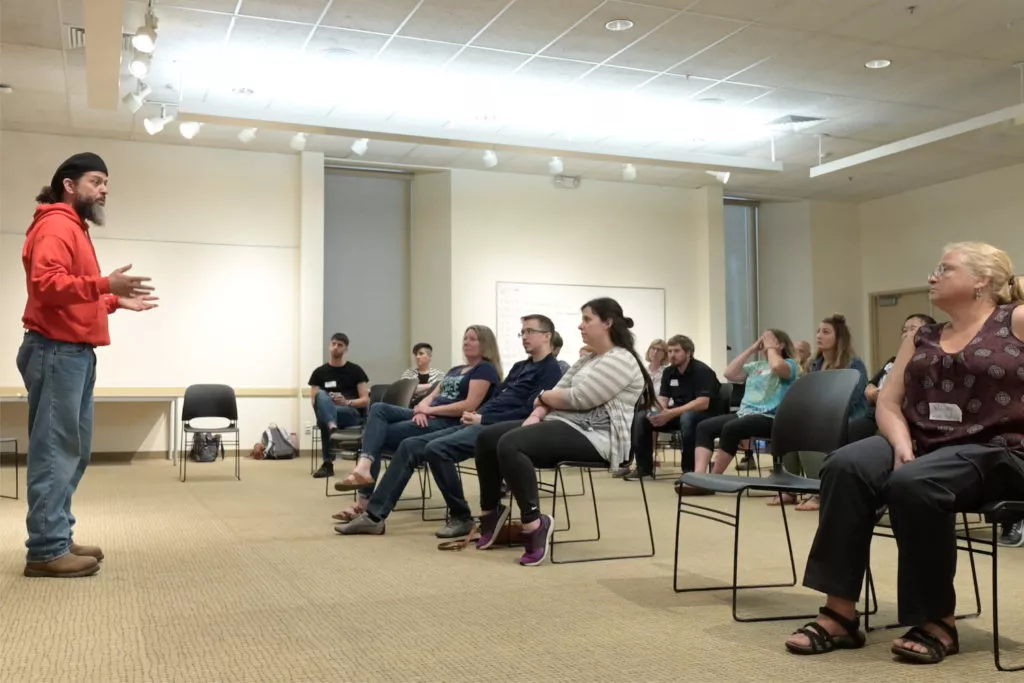The makeSPACE blog
LET'S REDEFINE HOW WE VIEW OUR OWN CREATIVITY!
How are you Creative?
How ARE you creative: Building a strong foundation for creative engagement

Let’s begin by thinking about the following questions:
- So, what is creativity anyway?
- Does everyone have creative potential?
- Are some people creative and others not?
- Does creativity matter in learning? In teaching? In life?
Societally, we have come to believe that only some people are capable of creativity. From this vantage, you’re either born with creative traits and talents or not. A question that might arise from that perspective would be, how creative are you?
That question suggests that creative potential exists on some linear spectrum. But there is no singular creativity metric. No low-to-high gradient. And no 0-to-100 numerical creativity scale. Creativity comes in many forms and requires a wide range of ingredients to take shape, make meaning, and affect others and the world around us.
At makeSPACE, we believe that the creative process is participatory and for everyone. And so we ask our partners to think about creativity from a different perspective.
Rather than thinking about how creative you are, we ask, instead, to think about how are you creative?

This approach to understanding creative potential—and our capacity to produce creativity—follows the same logic proposed by Stan Kuczaj. Dr. Kuczaj, a comparative psychologist and dolphin expert, wasn’t satisfied with the narrowly standardized approach to cetacean research. He implored his fellow researchers to ask, “not how smart are dolphins, but how are dolphins smart?”
His approach to cetacean intelligence arose from a variation on the question “how smart are dolphins?” He understood that dolphin intelligence was categorically different than our human conception of intelligence. In other words, it was nonsense to study dolphin brilliance in comparison to humans.
Similarly, constricting the question of our creative potential to a monolithic container reduces the complexity of creativity. It makes creativity exclusive, and it diminishes the value of our individual differences.
We begin our work with the belief that creative potential is multidimensional. It is cultural, social, emotional, psychological, and cognitive all at once.
